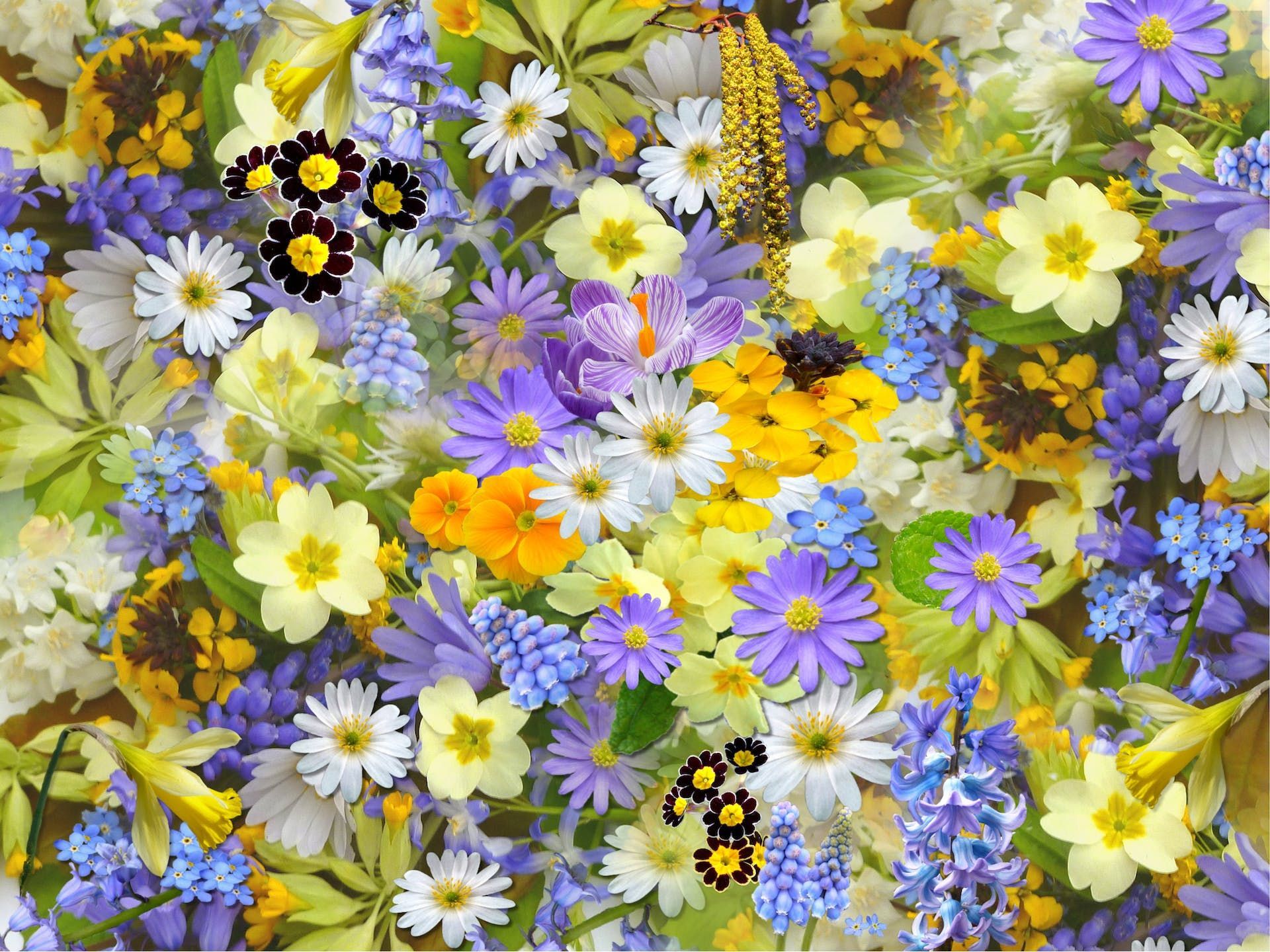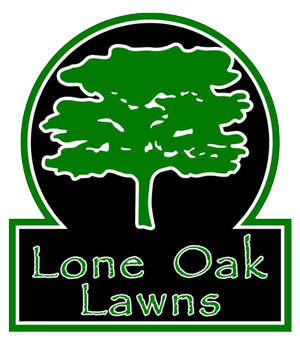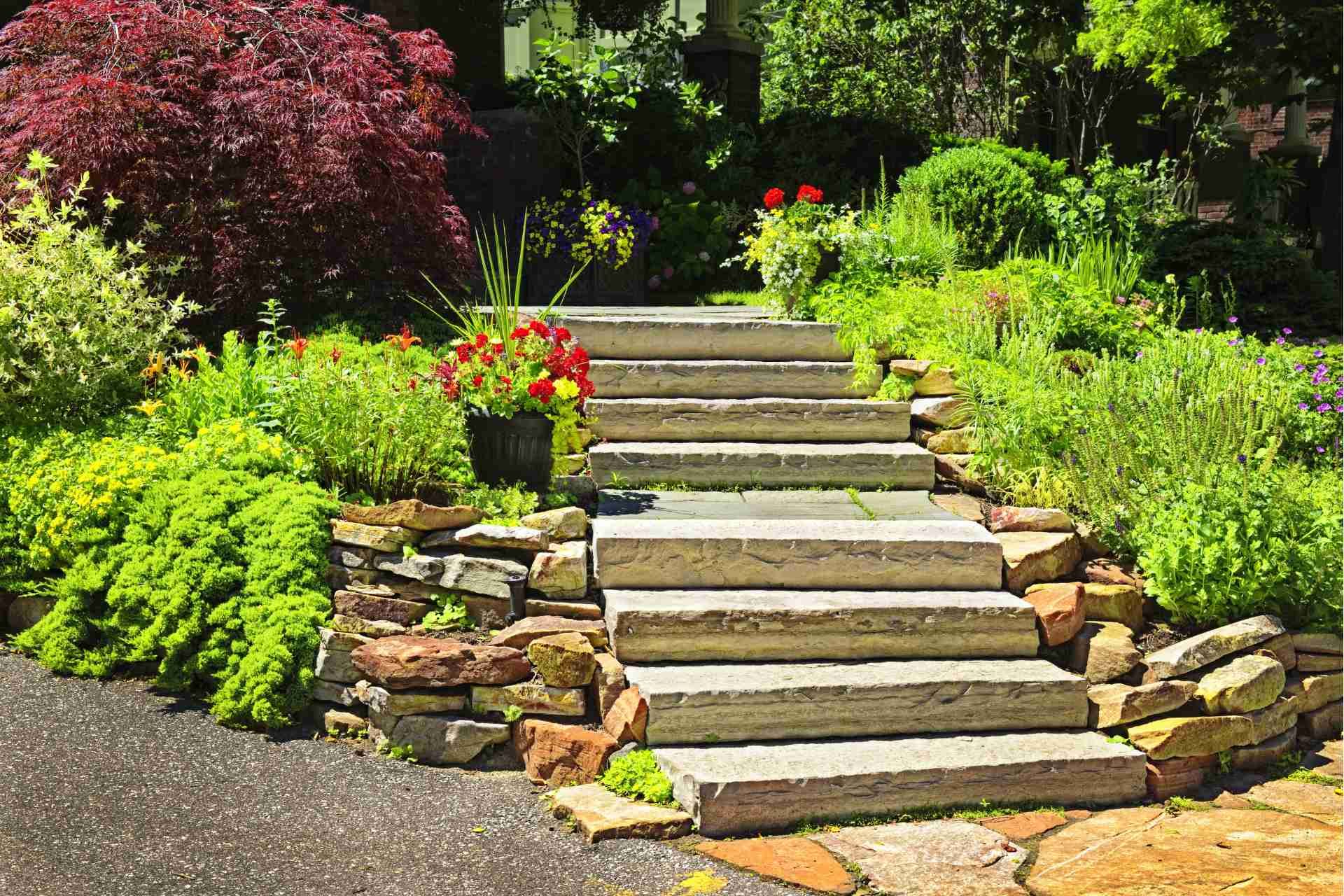Guide to Choosing the Right Plants for your Garden
Gardening is a popular hobby that not only beautifies your surroundings but also provides a therapeutic escape from the daily stresses of life. Whether you have a small balcony or a sprawling backyard, creating a garden can bring immense joy and fulfillment. However, before starting your gardening journey, it's crucial to choose the right plants that suit your space, climate, and personal preferences. This guide will help you navigate through the process of selecting the perfect plants for your garden.

Assess your garden space
The first step is to evaluate your garden area. Take note of the available sunlight, shade, soil type, and drainage conditions. Certain plants thrive in direct sunlight, while others prefer partial shade. Additionally, knowing the type of soil you have, whether it is sandy, clay, or loamy, will help you choose plants that can flourish in your specific soil conditions.
Understanding your Climate
The climate in which you reside plays a significant role in determining plant success. Assess your region's average temperatures, rainfall, and the length of growing seasons. This information will help you determine what types of plants are best suited for your area. Some plants thrive in hot and dry climates, whereas others require cooler temperatures and ample rainfall. By knowing your climate, you can narrow down your plant choices and enhance your garden's chance of flourishing.
Considering Soil Conditions
Next, it is vital to assess the soil conditions in your garden. Different plants have unique soil preferences, including pH levels, drainage capacity, and nutrient requirements. Conduct a soil test to determine the characteristics of your soil. This will guide you in selecting plants that match your soil's composition. For instance, acid-loving plants like azaleas and rhododendrons require slightly acidic soil, while plants such as succulents thrive in well-draining soil. Properly matching your plants to the soil conditions ensures optimal growth and reduces the need for excessive soil amendments.
It is essential to consider soil conditions when selecting plants for your garden. Here's why:
- Optimal growth: Every plant has specific soil requirements to thrive and reach its full potential. Some may need well-draining soil, while others prefer moisture-retaining soil. By taking the time to understand the soil conditions in your garden, you can choose plants that are best suited for your particular environment. This way, you can provide the ideal conditions for them to grow and flourish.
- Nutrient availability: Soil is not just an anchor for plants; it also serves as a source of essential nutrients. Different plants have varying needs when it comes to nutrients such as nitrogen, phosphorus, and potassium. Understanding your soil's nutrient content can help you select plants that will benefit from the existing levels or allow you to amend the soil accordingly. This way, you can ensure that your plants receive the necessary nutrients for healthy growth and development.
- pH compatibility: Soil pH levels have a significant impact on plant health. Some plants prefer acidic soil, while others thrive in alkaline or neutral soil. By testing your soil's pH, you can identify its natural state and choose plants that are compatible with those conditions. Adjusting the pH if necessary will create a favorable environment for your selected plants, enhancing their ability to absorb nutrients and ward off diseases.
- Water management: Soil conditions affect how well water drains within your garden. Some plants, like succulents, require well-draining soil to prevent root rot, while others, like water-loving ferns, prefer moisture-retaining soil. By understanding your soil's drainage capabilities, you can make informed decisions about which plants are suitable for your garden. Proper water management is crucial for the overall health and survival of your plants.
- Sustainability and cost-effectiveness: Considering soil conditions also plays a role in long-term sustainability and cost-effectiveness. By selecting plants that naturally thrive in your soil, you reduce the need for excessive soil amendments or fertilizers. This not only saves you money but also reduces your environmental impact. Additionally, plants that are well-suited to your soil conditions are more likely to thrive, requiring less maintenance and decreasing the likelihood of plant loss.
Identifying Sunlight Exposure
Plants have varying requirements for sunlight exposure. Understanding the sun patterns in your garden is essential for selecting the right plants. Some plants flourish with full sunlight, while others prefer partial or complete shade. Notice how sunlight moves across your garden throughout the day and determine areas with different light conditions. Consider grouping plants with similar sunlight requirements to ensure their healthy development. This practice promotes efficient plant growth and minimizes the risk of wilting or sunburn.
Personal Preferences
Gardening is an expression of personal taste and style. Consider your preferences when selecting plants for your garden. Are you enthralled by vibrant blooms, or do you prefer the calming influence of foliage and greenery? Do you have a favorite color palette or a specific theme you wish to incorporate? These personal choices will guide you in executing a garden design that brings you joy every time you step outdoors. Take the time to research different plant varieties, their growth habits, and maintenance needs to ensure they align with your vision.
Seeking Local Expertise
If you find yourself overwhelmed by the task of selecting the right plants for your garden, seeking the expertise of
Lone Oak Lawns can alleviate your worries. Their team of horticultural experts will consider regional conditions, your preferences, and the overall aesthetics of your garden to suggest a plant palette that brings your vision to life. With their guidance, you can create a stunning and sustainable garden that will be the envy of the neighborhood.








